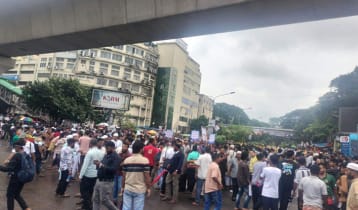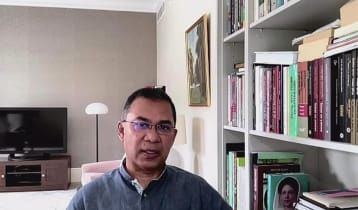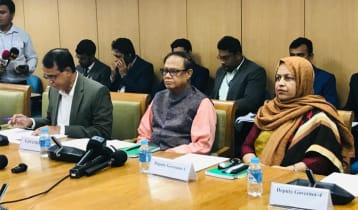Youth issues on the national platform
News Desk || risingbd.com
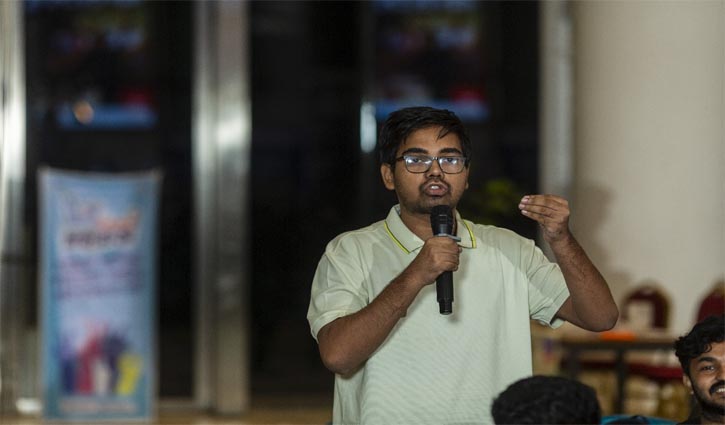
A new initiative called Amio Jitte Chai, funded by USAID and launched by Democracy International, gives citizens the chance to share their concerns and suggest solutions.
This campaign encourages citizens to speak out on issues affecting their daily lives.
Through the website www.amiojittechai.com, people now have a space to voice their opinions.
One of the biggest issues people are discussing on the website is having hawker-free footpaths. It’s clear that many people are concerned about this problem, and it needs to be addressed.
Although the city authorities have tried to remove the hawkers from the foothpaths, the issue continues.
After each eviction drive, there’s a brief period when the footpaths are clear. But soon, the vendors return, often more determined than before.
This cycle of eviction and return happens because of corruption and irregularities in local authorities, who often ignore the encroachments.
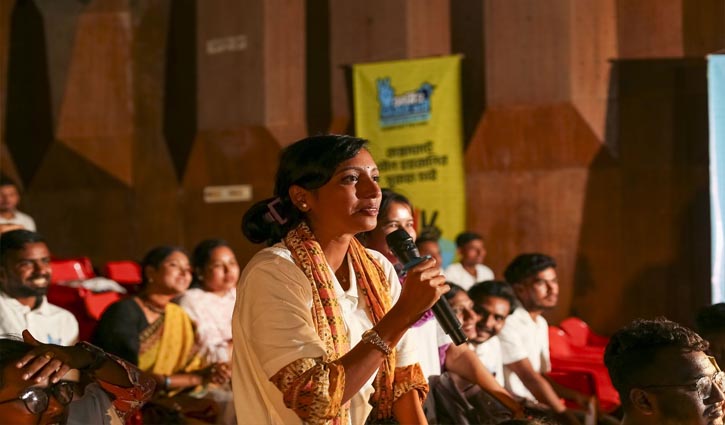
As a result, pedestrians suffer, and the footpaths are once again clogged. The impact of this ongoing issue is more serious than just inconvenience.
For women and the elderly, overcrowded footpaths create unique dangers. Women often avoid walking on the footpaths altogether and walk on the busy roads instead.
This not only puts them at risk of road accidents but also makes them feel unsafe.
The elderly also face this danger, having no other choice but to navigate through the congestion.
Despite these challenges, many believe that a solution is possible. Residents and urban planners argue that there needs to be a more organized way to manage footpath space.
Ahmed, a regular commuter in Gulistan, suggests that the government create designated spaces for vendors, like night markets or specific selling zones. “This way, vendors can make a living without blocking the path for others,” he says. Asma, a university student from Nawab Sirajuddaula Road in Chattagram, agrees and proposes that wider sidewalks with kiosks or stalls along the sides could create a better environment for both vendors and pedestrians. “We’ve seen it work in other cities,” she says, “and it could work here too.” This idea of organized spaces for vendors could be a key solution, ensuring that footpaths remain functional while vendors continue their businesses.
Sultan, a street vendor from Zindabazar, Sylhet, understands the problem. “We need a place to sell, but if the government provides us with specific spaces, we’ll be happy to move,” he says. His willingness to comply shows that a balanced approach—one that considers both vendors and pedestrians—can work. If there were clear rules and designated spaces, the footpath problem could be solved without taking away the vendors' livelihoods.
The current state of most footpaths also highlights a larger issue—urban planning and governance. For years, footpaths have been public spaces that haven’t been managed properly. Vendors occupy these spaces illegally, offering goods that people need, such as street food, books, toys, and other small items. While many of these goods are available in nearby markets at higher prices, the low cost and convenience of footpath vendors attract many people. The challenge is finding a balance between the economic benefits of these informal businesses and the need to keep footpaths clear.
Most of the products sold by these vendors are recreational and can be found in nearby markets, but hawkers don’t pay taxes like licensed vendors in established markets. These vendors also often have support from local influencers, which makes it harder to remove them. This difference between informal vendors and licensed market vendors creates an imbalance and makes the problem difficult to solve. A possible solution could be creating a more regulated system, where vendors have access to space, but in an organized way that doesn’t block pedestrian movement.
While street vendors often receive sympathy from the public, the problems they cause for residents cannot be ignored. Overcrowded footpaths not only affect pedestrian safety but also the overall look of the city. This situation needs immediate attention. The government and city corporations must act to restore order. For example, no parking should be allowed near footpaths, as it further reduces space for both vehicles and pedestrians. Installing guardrails along footpaths could keep vendors off the roads and ensure bikers stay on the roads, preventing them from using pedestrian space.
Building pedestrian shades and benches along footpaths would also make life easier for people waiting for buses and help keep them off the roads. Frequent drives by city authorities and law enforcement agencies are also necessary to remove encroachers and prevent them from coming back.
While footpath encroachment is a problem in many parts of Bangladesh, there are areas where the footpaths remain clear. These areas are more livable, showing that well-planned, encroachment-free footpaths can improve the quality of life for residents. The goal isn’t to completely remove hawkers but to find a way to organize their presence without blocking pedestrian movement. If authorities can regulate these businesses and create designated spaces for them, it would improve the city’s appearance and ensure pedestrian safety.
Dhaka/Hasan/Mukul




